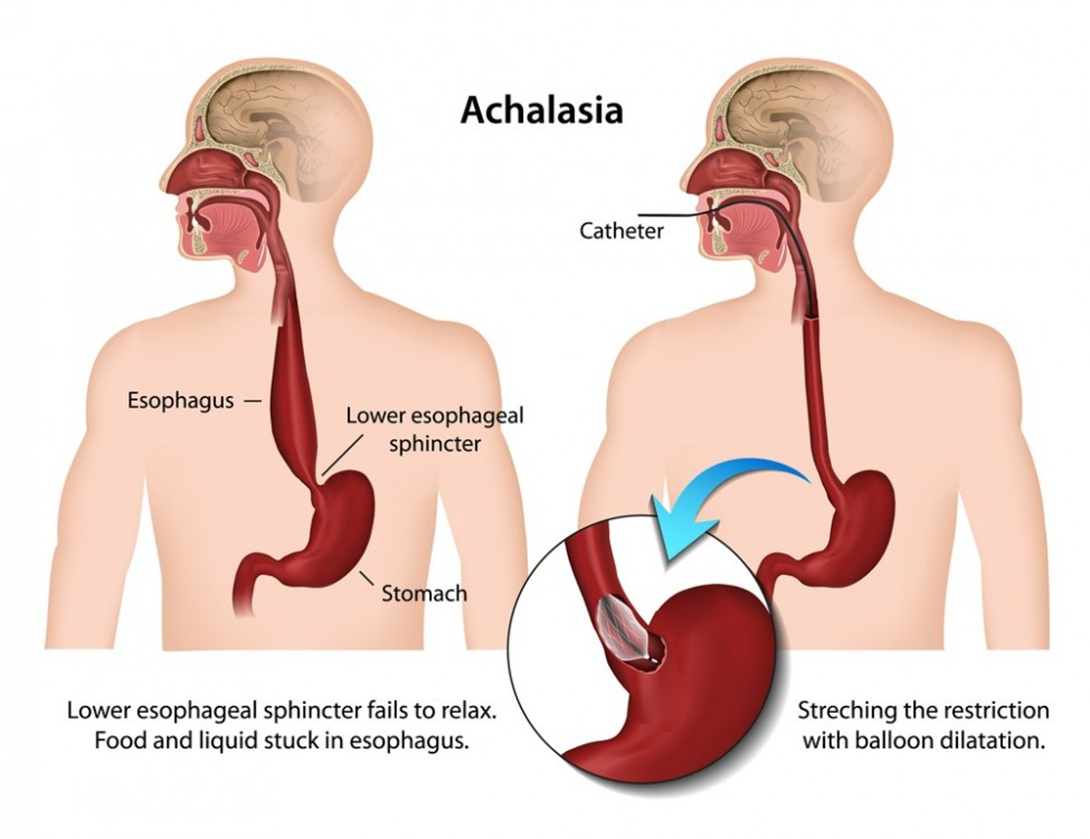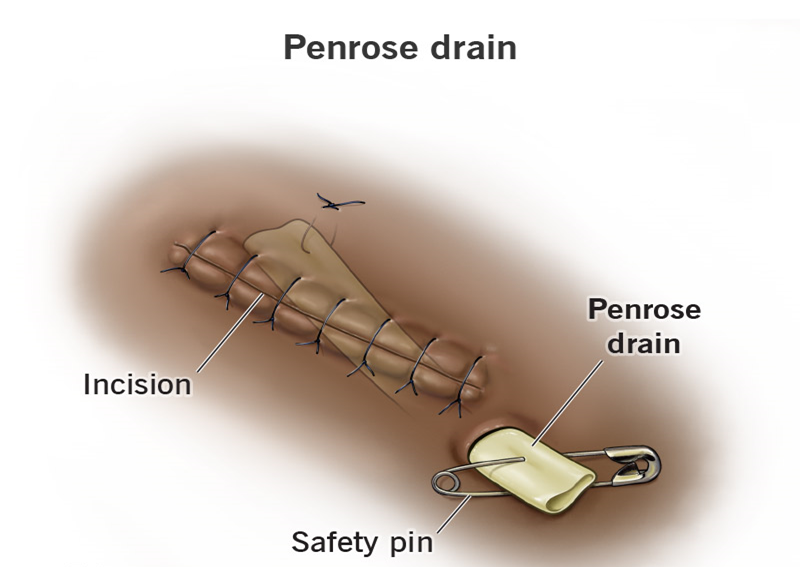A nurse is caring for a client who has oral achalasia. The nurse should ask the client which of the following questions to assess their ability to swallow?
"Do you feel like you have food stuck at the base of your throat?"
"Do you feel any burning sensations in your throat?"
"Do you have any feelings of fullness in the neck?"
"Do you have any problems with pain while swallowing?"
The Correct Answer is A
Choice A reason: Asking if the client feels like they have food stuck at the base of their throat is a pertinent question for assessing swallowing in a client with oral achalasia. Achalasia is characterized by difficulty in swallowing due to the inability of the lower esophageal sphincter to relax, leading to a sensation of food being stuck.
Choice B reason: While burning sensations in the throat can be associated with gastroesophageal reflux disease (GERD), they are not specific to achalasia. However, some clients with achalasia may experience similar symptoms due to food stasis and fermentation in the esophagus.
Choice C reason: Feelings of fullness in the neck are not a typical symptom of achalasia. Achalasia primarily affects the esophagus and does not usually cause a sensation of fullness in the neck.
Choice D reason: Pain while swallowing, or odynophagia, can occur in achalasia but is more commonly associated with conditions that cause inflammation or irritation of the esophagus, such as infections or ingestion of irritants.

Nursing Test Bank
Naxlex Comprehensive Predictor Exams
Related Questions
Correct Answer is C
Explanation
Choice A reason: Dry areas around the pins can be a normal finding if the pin sites are healing properly. It indicates that there is no excessive moisture that could promote bacterial growth and infection. However, the nurse should continue to monitor for any signs of redness, swelling, or pain that could indicate a developing infection.
Choice B reason: Crusts around the pins are typically a sign of dried exudate, which can be part of the normal healing process. The crusts should be monitored and cleaned according to the healthcare facility's protocol to prevent infection. If the crusts are accompanied by other signs of infection, such as redness, warmth, or purulent drainage, they should be reported to the healthcare provider.
Choice C reason: Purulent drainage around the pins is a sign of infection and should be reported immediately to the unit care coordinator. Infections at pin sites can lead to complications such as osteomyelitis, delayed healing, or even systemic infection. Prompt intervention with appropriate cleaning and possibly antibiotics is necessary to prevent further complications.
Choice D reason: The absence of pain at the site can be a normal finding and is not typically a cause for concern unless there is an expectation of pain based on the patient's condition or recent procedures. However, a complete lack of sensation could indicate nerve damage or other issues, so the nurse should assess for other signs of neurovascular compromise and report any concerns to the healthcare provider.

Correct Answer is D
Explanation
Choice A reason: Instructing the client to expect tingling in their extremities is not a standard post-lumbar puncture care instruction. Tingling may be a sign of nerve irritation or damage, which is not an expected outcome and should be reported if it occurs.
Choice B reason: Measuring blood glucose every 2 hours is not related to post-lumbar puncture care unless the client has a specific condition that requires such monitoring. Post-lumbar puncture care focuses on preventing complications such as headaches and monitoring for signs of infection or bleeding.
Choice C reason: Limiting the client's fluid intake is not advised following a lumbar puncture. In fact, increasing fluid intake can help prevent the occurrence of post-lumbar puncture headaches, which are a common complication. Adequate hydration helps replenish cerebrospinal fluid and reduce headache severity.
Choice D reason: Instructing the client to lie flat is the correct action. After a lumbar puncture, it is recommended that the client lies flat for several hours to prevent the leakage of cerebrospinal fluid from the puncture site, which can lead to a spinal headache. Lying flat helps maintain normal cerebrospinal fluid pressure and reduces the risk of headache.
Whether you are a student looking to ace your exams or a practicing nurse seeking to enhance your expertise , our nursing education contents will empower you with the confidence and competence to make a difference in the lives of patients and become a respected leader in the healthcare field.
Visit Naxlex, invest in your future and unlock endless possibilities with our unparalleled nursing education contents today
Report Wrong Answer on the Current Question
Do you disagree with the answer? If yes, what is your expected answer? Explain.
Kindly be descriptive with the issue you are facing.
